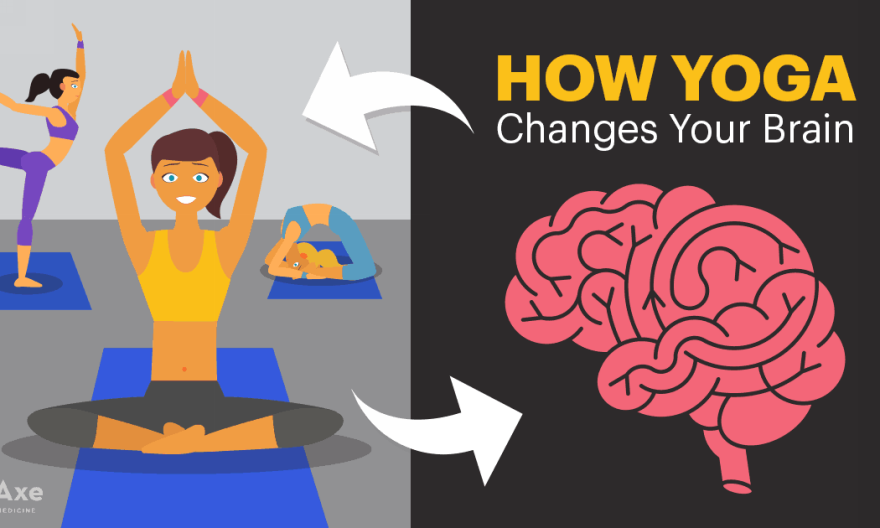
A busy schedule may have kept you from getting to the gym in the past, but it’s hard to argue that you don’t have just about 15 minutes to spare for a workout.
If you’re not the type of person who either has the time, or wants to devote the time, to working out for hours each week, a recent study uncovered a finding you’ll be happy to hear about: just three 13-minute workouts per week should be enough to build significant strength and endurance!
In fact, if you commit to just three short but high-intensity workouts each week, you can expect to experience fitness-related improvements that are similar to those achieved with a substantially greater time commitment. (1)
What Is the 13-Minute Workout?
The “13-minute workout” is based on results from an August 2018 study that was published in Medicine & Science in Sports & Exercise. The purpose of the study was to evaluate muscular adaptations between low, moderate, and high-volume resistance training protocols. The effects of varying levels of high-volume resistance training were evaluated in 34 healthy adult men.
The men were randomly assigned to one of three experimental groups:Ad
- A low-volume group that performed 1 set per exercise per training session,
- A moderate-volume group that performed 3 sets per exercise per training session, or
- A high-volume group that performed 5 sets per exercise per training session. All workout routines consisted of three weekly sessions performed on non-consecutive days for eight weeks.
At the end of eight weeks, what did the researchers find? Surprisingly, results showed that all men experienced similar increases in strength and endurance (no significant differences were found between the three groups). Despite the fact that the low-volume group was only performing 1 set of each exercise, they achieved results that were on par with the group performing five times as many sets!
Men from all groups experienced muscle hypertrophy (increased muscle size), but the higher-volume group was found to have the greatest increase in the size of the elbow flexor, mid-thigh and lateral thigh muscles. Therefore, the researchers concluded that “muscle hypertrophy follows a dose-response relationship, with increasingly greater gains achieved with higher training volumes.”
13-Minute Workout Protocol
Conventional strength-training advice has long told us that we should be completing several sets of exercises each workout, aiming for between 8 to 12 repetitions per exercise during each set.
But now that you know it’s possible to experience increased strength in less time, with as little as three brief workouts per week, let’s talk about how to make the most of a 13-minute workout.
1. Keep the intensity high
Because you’re doing as little as one set of each exercise during a workout (a set is a given number of repetitions of an individual exercise), you want to go “all out” in terms of effort.
The goal should be to “lift to failure,” which in weight training means you repeat an exercise to the point that your neuromuscular system can no longer produce adequate force to keep going. In other words, you try so hard that your muscles couldn’t keep lifting even if you wanted them to. (2)
Research suggests that training to failure, especially during the last few reps, increases lactic acid production which stimulates muscle growth, including of your larger muscle fibers.
2. Focus on compound movements that engage multiple, large muscle groups
Compound exercises are “multi-joint movements” that work several muscles or muscle groups, such as your chest, back, core, quadriceps, glutes, hamstrings and calves. Some examples of exercises that the men in the study mentioned above completed included the bench press, lateral pull-down, machine leg press and others. Other compound exercises include: reverse lunges with overhead press, weighted squats and squat jumps, loaded carries, pull-ups, and push-ups. (3)
3. Do 8–12 reps
Rather than using a high rep range, during each set the men completed 8 to 12 repetitions of each exercise. Lifting heavy weights during compound lifts can lead to widespread muscle growth, improved performance, and better balance and coordination, all in less time. (4)
4. Full-body workout 3x a week for 8 weeks
Complete a full-body workout three times a week, aiming for a minimum of eight consistent weeks in order to see results. Do your workouts on non-consecutive days; in other words, take a rest day between workouts to allow your muscles to recover. Because you’ll only be doing one set of each exercise, expect the whole workout to take less than 20 minutes.
5. Add in some Burst training
When it comes to efficient workouts, one way to achieve great results in little time is to do burst training style workouts, which can be done at the gym, on a track or field, or at home.
No gym membership? No problem — try burst training at home. This will involve exercising at 90–100 percent of your maximum heart rate for 30–60 seconds, followed by 30–60 seconds of lower intensity exercise or resting.
Pick a handful of exercises and “burst” for 10–20 minutes total, 3–5 times a week. Try including: running in place, jumping jacks, high jumps, squat pulses, jumping rope, push-ups and burpees.
Final Thoughts on the 13-Minute Workout
- A study published in August 2018 found that significant improvements in strength and endurance can be attained by performing just three, 13-minute workouts per week. Results showed that full-body, strength-building workouts were shown to lead to impressive results when completed over an 8-week period.
- This particular study tested the effects of different volumes of resistance training across three groups of men. All groups completed similar strength-building workouts, but one group did only one set of each exercise, another group did three sets, and another group did five sets. The men who did only one set gained as much strength as those who had done three or five sets!
- Even though men in all groups achieved similar strength and endurance results, muscle hypertrophy was found to follow a “dose-response relationship,” meaning higher training volumes (more sets) resulted in greater muscle gains.
- If you prefer to workout at home with little to no equipment, try burst-training — a form of high intensity training where you do compound/full-body movements at 90–100 percent of your maximum heart rate for 30–60 seconds at a time.





